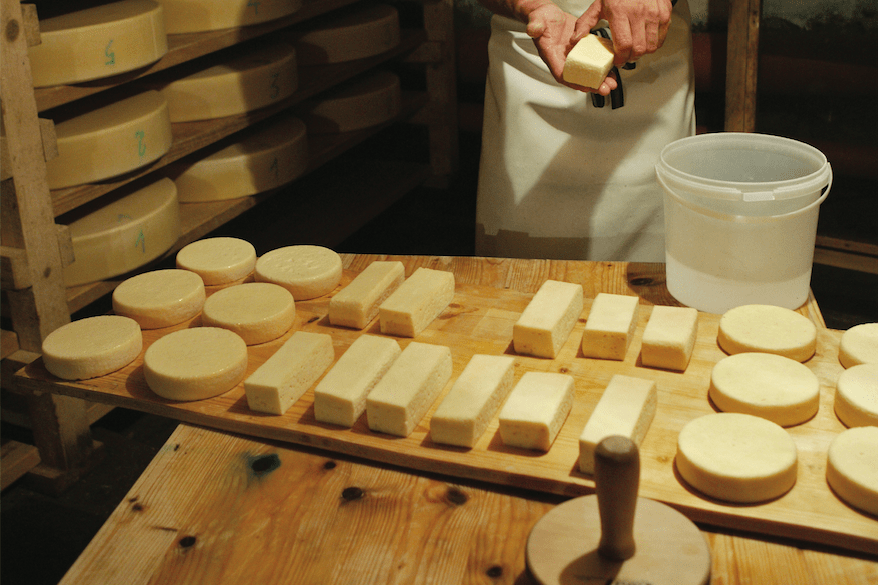
In the heart of Central America lies El Salvador, a tiny, densely populated country. Chances are you’ve maybe heard one or two fun facts about El Salvador. And chances are that those facts have nothing to do with cheese.
European colonization has left its mark on Latin America in many ways, including a strong influence on food throughout the continent. Why, then, does Latin America fail to pump out Manchego and Idiazabal at the same rate as Spain?
The answer may lie in the climate variations between Mainland Europe and Central America. Although Central America’s natural splendor may be perfect for your vacation Instagram, the very pronounced wet and dry seasons and high humidity heavily affect local agricultural and livestock patterns. Different climates mean different animals producing different milk at different times, making it impossible to expect the same curds to come out of the Americas as they do from France.
When Europeans landed in the New World, much of what they knew from back home had to adapted to suit their new environment, and cheesemaking was one technique that required a little retooling. Due to the aforementioned climate variations as well as a melding with existing indigenous traditions, an entirely new style of food developed, with roots in both traditional European techniques and indigenous customs. This is why some distinctly not European cheeses may remind you of some of your old favorites, like Mexican cotija, which resembles parmesan’s flavor and texture.
El Salvador boasts a breadth of unique dairy goodies, some of which are found throughout Central and South America, and some of which are exclusive to El Salvador.

Queso Duro. Photo Credit: Jon Sullivan | Wikimedia
Queso duro, which translates literally to “hard cheese,” is a strong-smelling, hard, salty, dry aged cheese, usually in the shape of a brick. If you’re familiar with soft, white cheeses like queso fresco or queso blanco, this is the harder version, more suitable for crumbling or grating. According to Tracy López, author of blog Latinaish and queso duro mega fan, this cheese is best on beans, sopa de frijoles (bean soup), Salvadoran enchiladas (which are distinct from Mexican enchiladas), and a plethora of other dishes.
Cuajada, another popular cheese throughout El Salvador, is an egg-shaped soft cheese, smooth and pudding-like. Often made at home with whole milk, salt, and rennet tablets, cuajada is a staple at many Salvadoran dinner tables, and according to Claudia Mayorga Del Cid of blog Vivamos El Salvador, can be adapted with lemon juice instead of rennet tablets for Central Americans living in the US who have a hard time finding the tablets (although this isn’t the traditional way to make the cheese). Although similar to queso fresco, cuajada retains some of the suero (whey) during production, while queso fresco is squeezed to form a more solid wheel.
Although a tiny country, El Salvador is packed with cheesy treasures. Queso duro and cuajada are just two of the country’s many dairy delights, and with options from quesillo (similar to mozzarella) and requeson (Salvadoran ricotta), El Salvador is sure to satiate any cheese-lover’s needs.




